Original: happyelf
Last Thursday, Jagannath Puri Rath Yatra, one of India’s biggest religious festivals, kicked off. This year’s festival begins on July 4th and ends on July 15th.

The uniqueness of this festival is that three Hindu gods were taken out of the temple in a colorful parade to meet the religious needs of believers.
These three great gods are Jagannath (Jagannath or Krishna, a form of Krishna), his sister Subhadra and his brother Balabhadra. This festival is sometimes translated as "Ride Festival" in China.
"Jagannath" is a compound word, which consists of "Jagat" and "Nath" and means "King of the Universe".
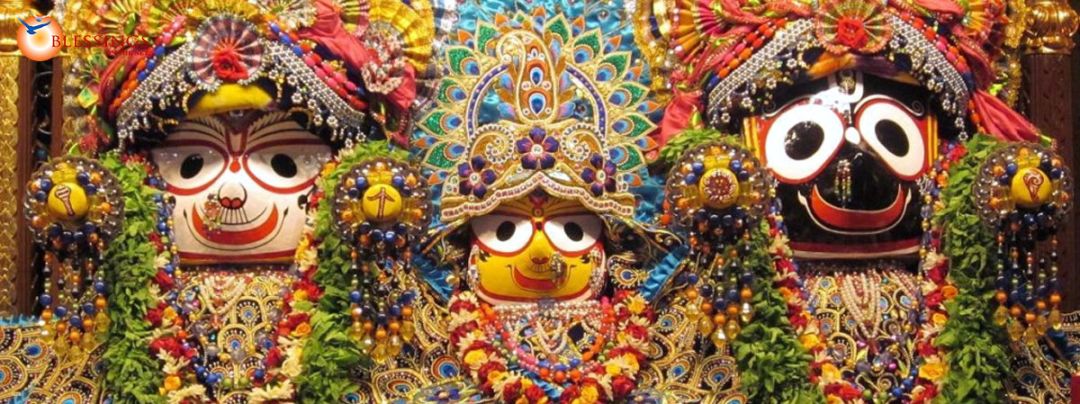
The scale, pomp and glory of this parade even contributed a word to the English dictionary: Juggernaut. During the British colonial period in India, the British witnessed the grand occasion of the chariot festival.
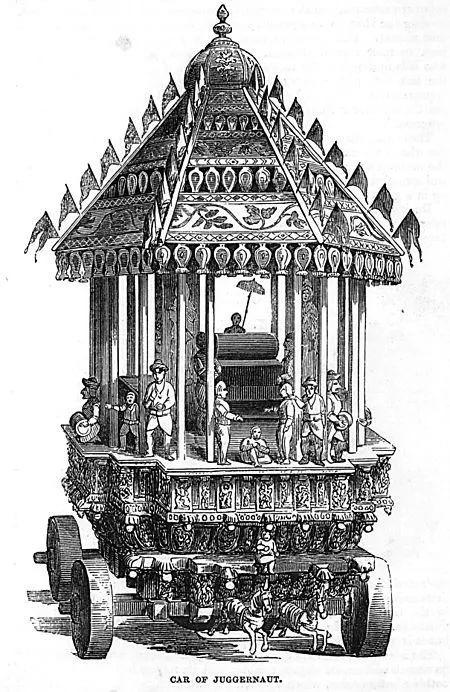
Although Kumari, the "living goddess" in Kathmandu, will parade around Duba Square in a float at the Indra Festival in Nepal, Tibetan Buddhism also has the tradition of drying the Buddha. However, there are still many people who believe that the only festival in the world that brings out gods from temples to worship believers is Chariot Festival.
This is also the largest chariot parade in the world. The most grand part is in Puri, Orissa, on the eastern coast of India, and there is another one in Gujarat in the west, where millions of people come to watch.
During the ceremony, a "king" will sweep the road with a golden mop, and three huge 18-wheeled chariots will pass through countless people with statues of three great gods.

This chariot is a miracle of mini-architecture. The craftsman who made it has always been the only family, using more than 4,000 pieces of wood and the construction period is over 42 days.
Like many Hindu festivals, there are fairy tales that most Indians have always believed in behind this festival with high participation.
Legend has it that it always rains on the day of this grand religious parade. A whole week before the start of the chariot festival, the doors of the temple will be closed and no one will be allowed to enter. The idol will need to be bathed in 109 water jugs in the sun, and it is said that it will have a fever later, that is, it will be sick. To help the gods break this state, they need to change the environment and go to their aunt’s house for a few days.
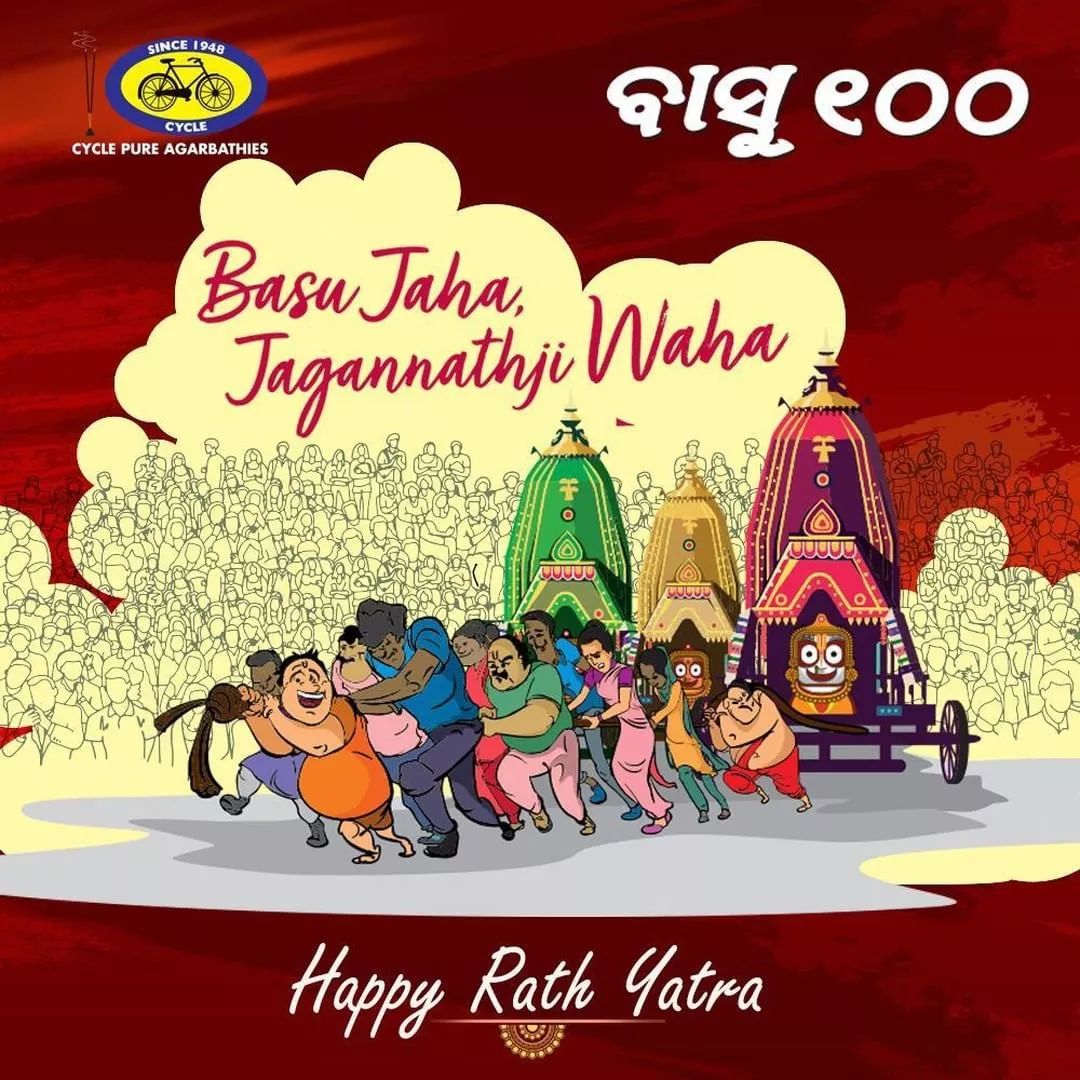
This journey of God’s visiting relatives is recorded in the sacred Hindu Book of the Past, which is a collection of ancient Indian history, legends, myths and stories. It is said that these texts were written thousands of years ago.
Unlike the gorgeous metal and stone statues elaborately made in many other temples, these three statues are made of wood, cloth and resin. Their heads are big, but they have no arms, and they even look a little funny. In fact, there is a legend behind the impatient king.

Chariot Festival and the Myth of Krishna
Like many myths and allusions in India, the beginning of this legend is somewhat different.
In the eastern kingdom of Puri, there was a king named Indrayumna. He was very arrogant and hoped to steal the heart of the Hindu god Krishna.
There are two flowers, one for each table. In order to let everyone know more about the context, the homepage will expand to tell the beginning of this story.
Krishna (Krishna) is the eighth incarnation of Vishnu, which is of course the dark sky.
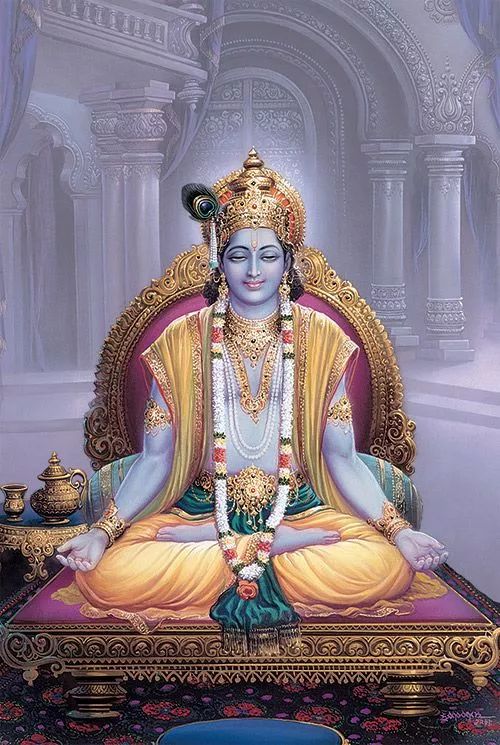
The kingdom of Yadav under the jurisdiction of Krishna was attacked 17 times by Jarasandh in a long war. In the end, he left here to avoid any further casualties.
Samudradev, the sea god, provided Krishna with a piece of land with an area of 773 square kilometers, and Vishwakarma, the Hindu god of engineering and architecture, helped him to establish a new kingdom. This city called Dwarka is full of wealth and motivation, and is called the City of Gold.
It is mentioned in Mahabharata that Dwarka has 900,000 royal palaces, all made of crystal and silver and decorated with emeralds. The city is connected by an elaborate system of boulevards, roads, markets, assembly plants and temples.
The Yadav dynasty under Krishna’s jurisdiction experienced wars and internal quarrels and separations, which made him a little disheartened. He came to the top of Carindi, lay down in the bushes and meditated, and began to miss a lot. As a result, the hunter Bhalka Tirtha’s arrow was accidentally shot as a deer’s ear (the hunter’s predecessor was the monkey king Vali who was shot dead by Rama to save his wife Sido). Finally, he left his body in the temple of Dehotsargh and went to heaven, where he was cremated by Arjuna.

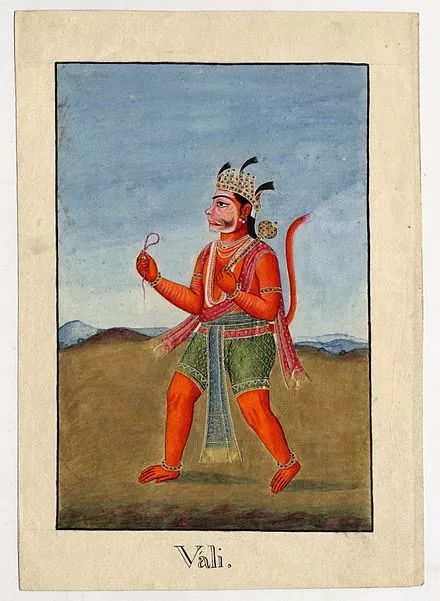
After Krishna left, a large-scale flood swallowed up the city of gold. It is believed that the city was submerged by the ocean and rebuilt by different civilizations six times. The modern Dwarka is the seventh such city in the region. This is very similar to part of the plot in the movie "Aquaman", but modern marine archaeology has found that there are really ancient city ruins on the corresponding seabed.

After cremation, Krishna has sunk into the legendary Dwarka Sea, but he has returned to the people in this area as a statue. When the aforementioned King Indrayumna tried to possess it, the statue disappeared. The repentant king hoped to seek Krishna’s forgiveness in another form.
Another legend is that Krishna’s grief-stricken brother and sister rushed into the Dwarka Sea with his semi-cremated body. At the same time, King Indrayumna dreamed that Krishna’s body had turned into logs and floated on his coast.
But in the end, all the legends are: Indrayumna decided to build a temple to accommodate logs. His next task is to find someone to make a statue.
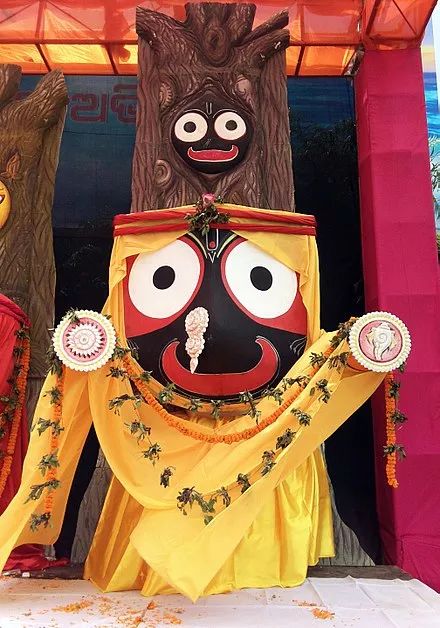
Vishwakarma, the god of engineering and architecture who helped build Dwarka City, is an old carpenter. He agrees to carve the statue, but only if he is not disturbed. However, when he didn’t come out of the studio for weeks, and there seemed to be no food, water or rest, the anxious, worried and impatient king opened the door …
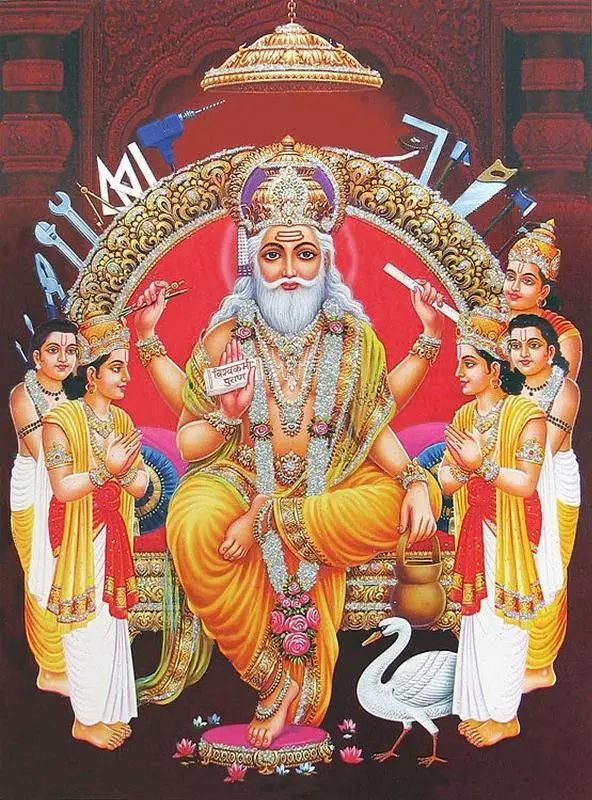
At that time, the statue was only half finished, but the old carpenter disappeared. But the king still believed that the statues were made of Krishna’s body, and the king worshipped them as gods and put them in the temple. It is said that they remake this "semi-finished" idol with new wood every 12 years.
There are other legends. But these are the most typical ones.
In this face of Jagner, there are two large symmetrical round eyes without eyelids. One eye symbolizes the sun and the other eye symbolizes the moon. His dark color and other facial features are abstract expressions of Krishna’s cosmic form.

Guess how to quickly identify which of the three gods is Jagna (Krishna)?
When he is with his sister and brother, the other two have oval or almond-shaped eyes, while he has standard round eyes. In addition, his icon is black, while the face of his brother BalaSubhadra is white, and the face of his sister bhadra is yellow.

Why do you have this activity in both regions?
As mentioned earlier, this grand ceremony was held in Puri, Orissa, on the eastern coast of India, and Gujarat, in the west. Why is it held in two regions? Although the main ceremony was in Puri.

As mentioned earlier, Krishna’s semi-cremated body has been immersed in the ocean, which is located in Devalka, Gujarat. Remember the legendary "City of Gold" mentioned earlier?
And it has reappeared as a log in Puri, in the eastern state of Orissa.
The interesting thing about Indian mythology is that these myths spread to many modern festivals, religious sites or ceremonies in Otawa, and even geography is closely related to archaeology.
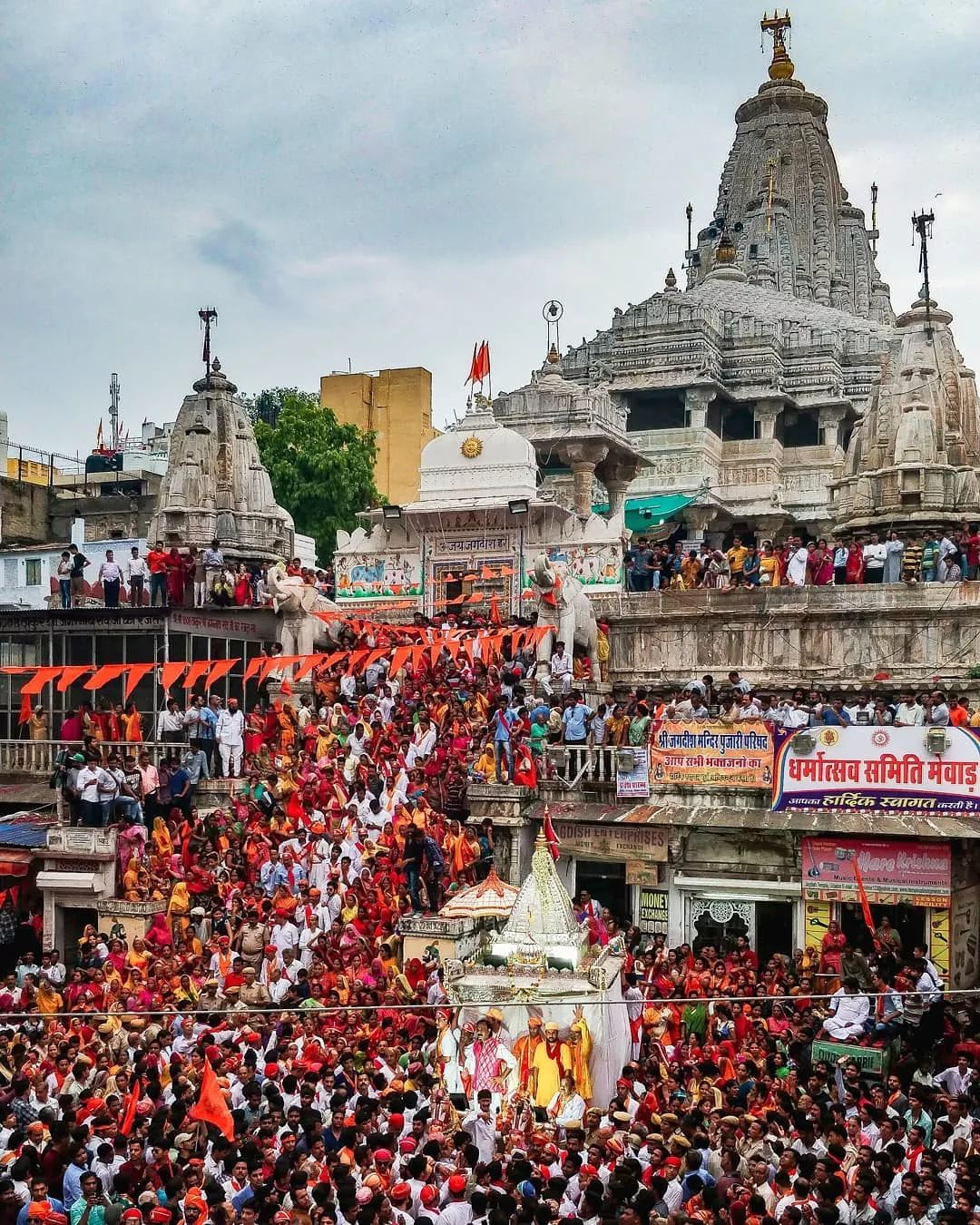
But the real connection between the two temples lies in a clergyman about 500 years ago.
Shree Sarangdasji, a Hindu believer and cleric at a Hanuman Temple in Gujarat, arrived in Puri to pray at the historic Jagannath Temple.
While sleeping in the accommodation of the temple, it is said that he accepted the Oracle of Jaganna and returned to Ahmedabad, Gujarat, where he installed three statues, namely Jagannath, his sister Subhadra and his brother Balabhadra.
He also carried out the instructions he received in his dream and founded the Jagner Temple in Ahmedabad. By doing so, he made both places sacred.
About 142 years ago, Shree Narsinhdasji Maharaj, a disciple of the founder, started the chariot festival. The idol on the chariot was pulled by elephants and humans, completely replicating their journey in Puri.
About the grand occasion of the event
Three statues were taken from Jagannath Temple and moved to Gundicha Temple. These statues were placed in decorative chariots and accompanied by carols.

People believe that pulling the chariots of their three gods during the parade is a way of active dedication, and it will also wash away the sins and mistakes that may be committed with or without knowledge.
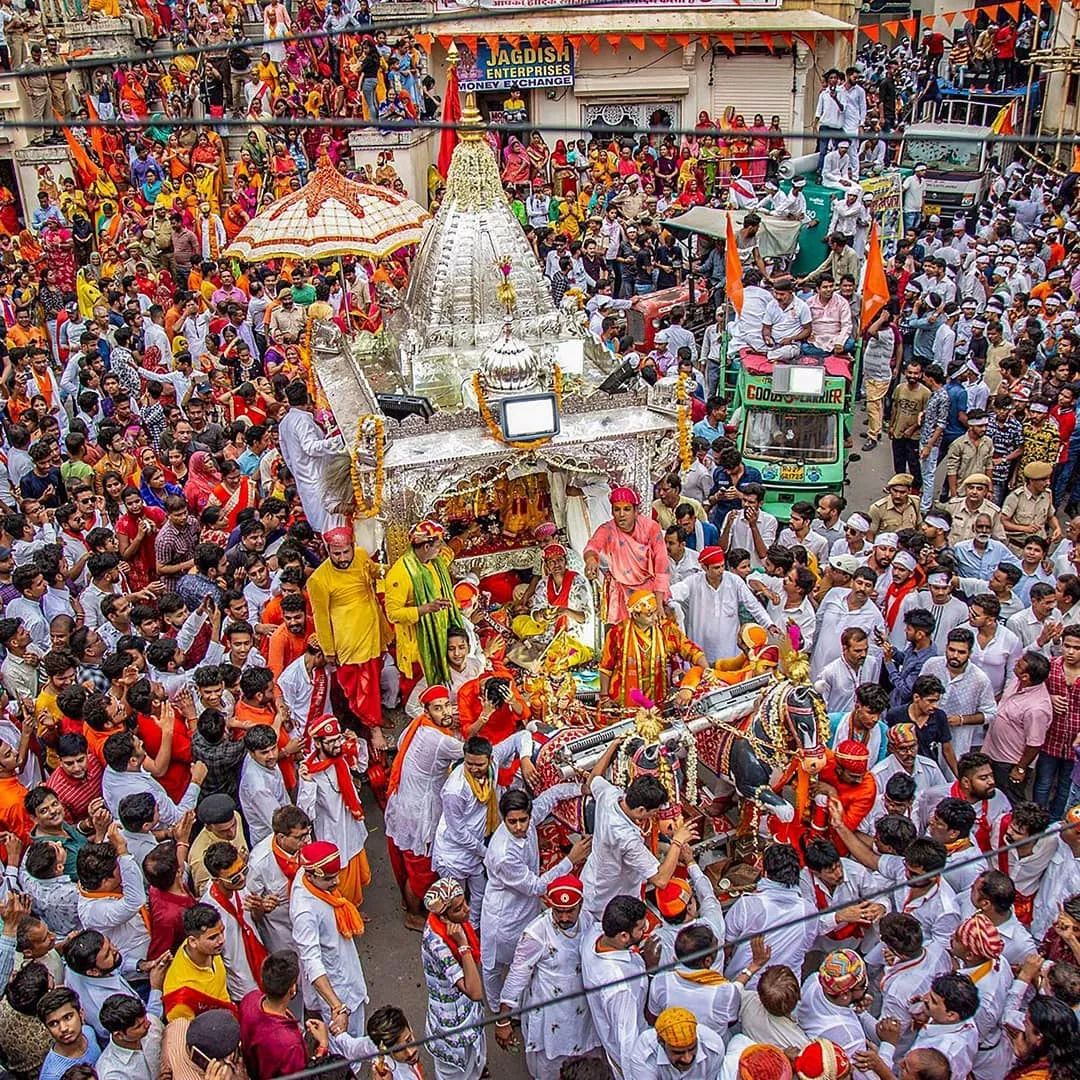
It was finally placed in my aunt’s Gundicha temple for 7 days, including the beginning and end of drinking for a total of 9 days. Later, they returned to their home. The return journey of the Three Gods is called "Bahuda Yatra".
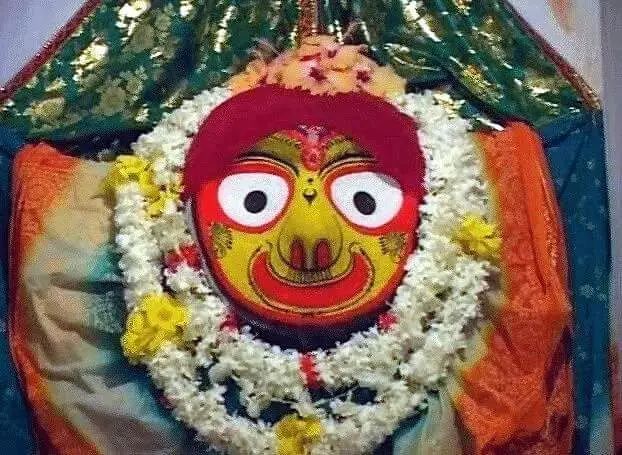
When they return to Jagner Temple, they will wait outside the temple for the first night.
The next day, the idol was decorated with new clothes like a baby, and the ceremony was called Suna Vesa.

After this day, the idol was put into the temple again, and then marked the end of the chariot festival.
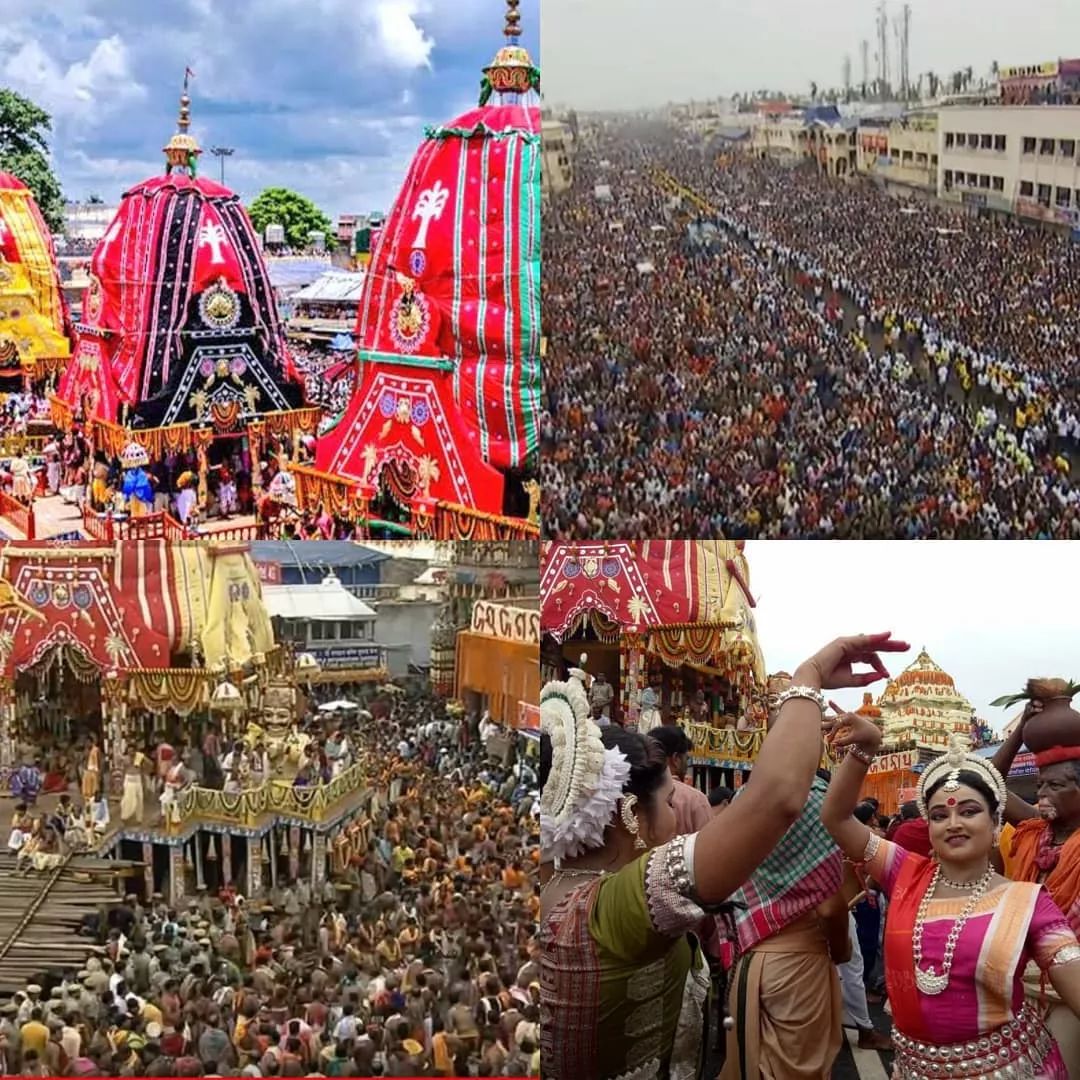
Stories before and after the event
After the festival, the chariots were dismantled and their wood was used as fuel for the temple kitchen, cooking 56 kinds of food every day. There is a very important part of the chariot festival, which is the blessed Eucharist called Mahaprasada. There are 600 chefs and 400 assistants, with more than 700 ceramic ovens, preparing this Eucharist with absolute solemnity.
Elephants attending the ceremony will be sent back to the land managed by the temple trust for free until the next year’s parade. However, this year’s festival has also become a hot spot because of the controversy over elephants.
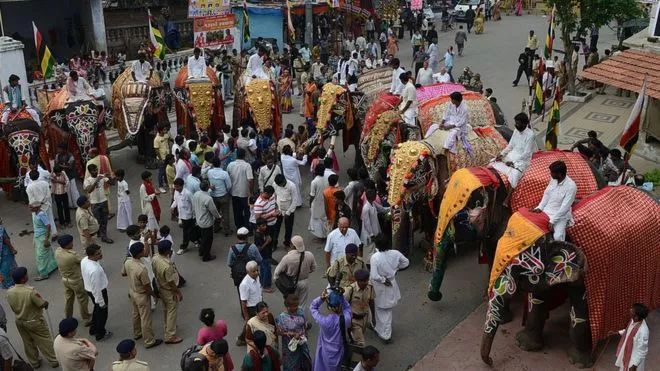
After at least three elephants died of old age in some temples in Gujarat, it was originally planned to introduce four elephants from Assam in the northeast to replace them. They would have traveled more than 3,100 kilometers by train to attend the chariot festival ceremony.
But activists and conservationists say the plan to move the elephant is "cruel and completely inhuman", especially because the temperature in many places along the northern part of India exceeds 40 degrees Celsius.
Under pressure, a wildlife official suspended the decision.
Note: This article is original for this platform. Please contact us first if you have reprint requirements for non-commercial platforms. All reprints not directly authorized by this platform will be investigated for legal responsibility and publicized.
——————-
Subscribe now: Search "Incredible India" or India on WeChat.
Sina Weibo: @ Incredible India (updated daily)
Daily original update, telling you bits and pieces of India, travel experiences and strange stories.
Submission: zhuanti@qq.com
Read the original text